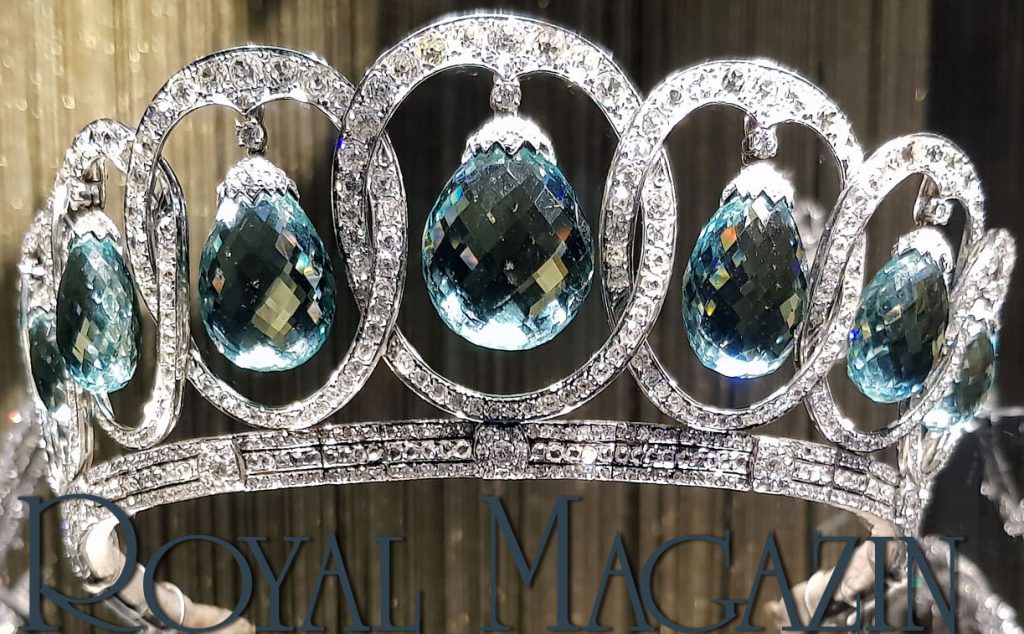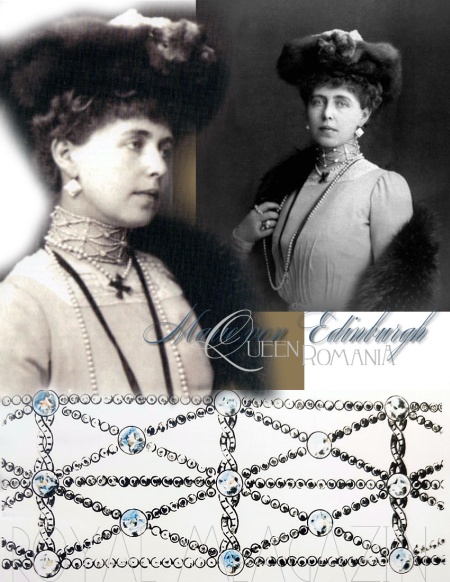
Queen Marie of Romania|Star Sapphires Choker Diamond Necklace|Collier de Chien| Royal Jewel History
Rumänien | Romania |Romaniei Royal Jewellery & Aristocratic Jewels Jewelry queenhelene queenmorher queenmotherofromania romanianroyalfamily familiaregalaaromaniei romaniaregala casaregalaaromaniei casaregala queen of romania crownprincess romanianroyalty romanianroyals romania royal royals roaylty custodianofthecrownofromania romania house of romania hohenzollernsigmaringen principesamargareta române Bijuteriile Coroanei României roumania

Queen Marie of Romania|Star Sapphires Choker Diamond Necklace|Collier de Chien| Royal Jewel History
Turquoise is a captivating gemstone that has been used for centuries in jewelry making, and its beauty has not diminished over time.
Queen Marie of Romania was no stranger to its allure, as she treasured her old set of turquoise jewelry and even had it modified into a grander and more elegant piece.
The new turquoise crown, which was gifted to her by her husband, Nando, was designed to be a larger and more prominent accessory that could better complement her regal style. Its intricate design features a diadem of seven crosses with a stunning centerpiece made from a cluster of large turquoise gems from her old necklace. The base of the coronet is adorned with Greek key ornaments and round turquoise gems, adding a touch of sophistication to the piece.
Kreuter & Co, Hanau, was the skilledjewel workshop who crafted this masterpiece, which also doubles as seven single brooches. The earrings were also redesigned to match the grandeur of the new turquoise crown, with a quadratically framed diamond setting that complements the stunning turquoise gems.
Queen Marie of Romania’s love for the turquoise gems was evident, and the modification of her old set of jewelry into this grander piece showcases her appreciation for the beauty and versatility of the gemstone. The new turquoise crown is truly a remarkable piece of jewelry that embodies the grandeur of royalty and the timeless elegance of turquoise.


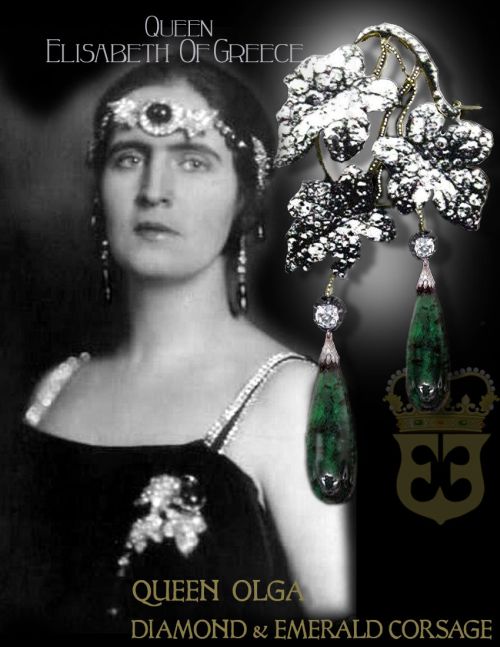

The forgotten treasure in the ground of the trinket box
Diamond Art Deco Sautoir Necklace from Cartier
After Queen Anne wore it on her wedding day in Athens on 10 June 1948, it was forgotten in a box and nobody realized it was a costly item, once part of the famous large Sapphire Necklace of Queen Marie of Romania and worn on her coronation.
After her death in 1937, she left the sautoir and the large sapphire to her daughter-in-law, Princess Helena of Greece, Crown Princess of Romania.
On 17th November 1947, when the future Queen Elizabeth II married Prince Philip, she wore the diamond sautoir, on the pre-wedding ball together with the greek key or meander diamond tiara.

:::::


Learn more about the imperial wedding gifts Princess Helene of Orleans
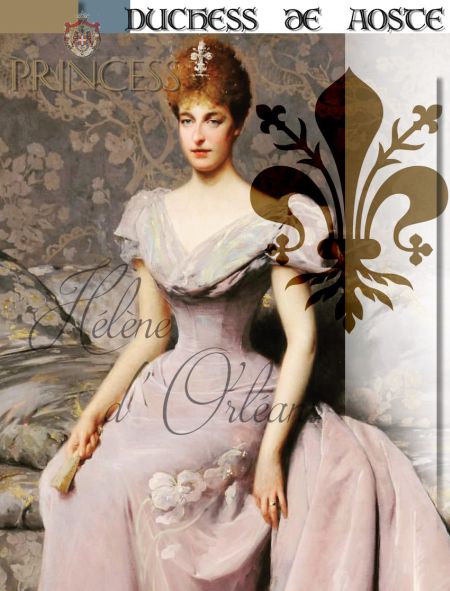
This is not a Bourbon Lily – it’s different. It is the sign of Florence – the Giglio.
Irene Duchess de Aoste | Fleur de Lys diamond Brooch – Royal Diamond Tiara Jewels
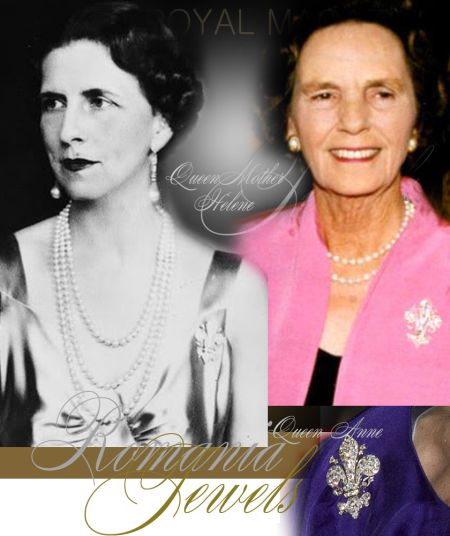
Fleur de Lys of diamonds| Giglio Royal head Ornament from the Ladies of Florence to Hélène of Orléans, Duchess of Aoste |Princess of Orleans left to her daughter-in-law, Duchess Irene of Aoste, née Princess of Greece. She wore the diamond fleur de lys brooch often, as well she lent it to her sister, Princess Helene of Greece, later the Queen Mother of Romania.
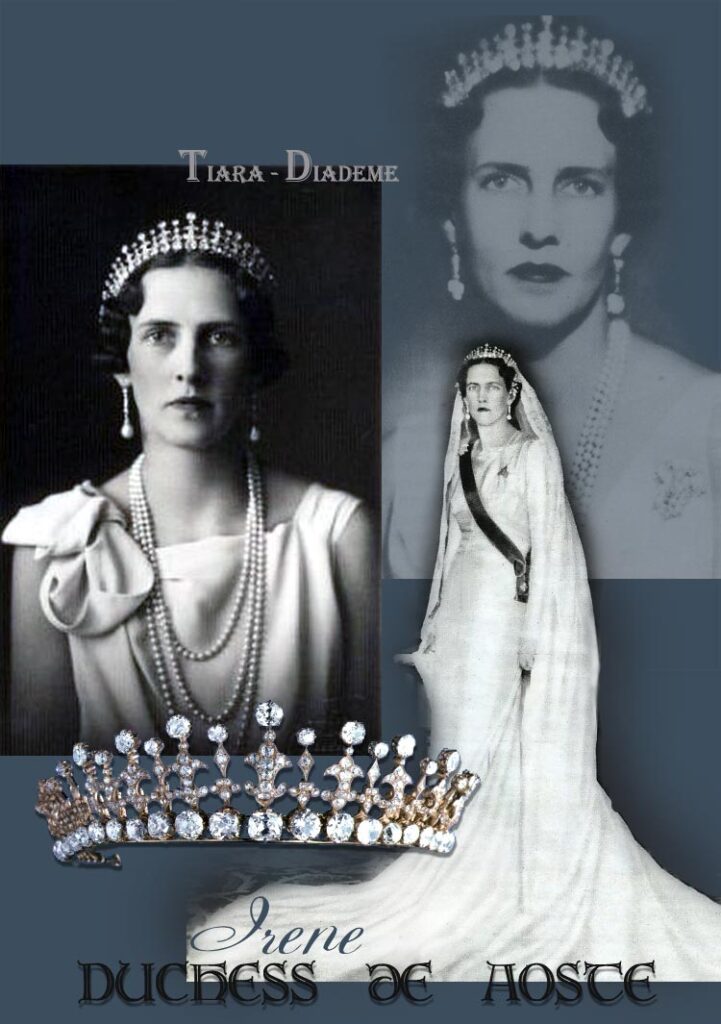
After her death she left it to her sister, so it is worn by Queen Anna of Romania and now from Princess Margaretha of Romania.
The story behind the famous Romanov Emeralds of Tsarina Marie Alexandrovna….
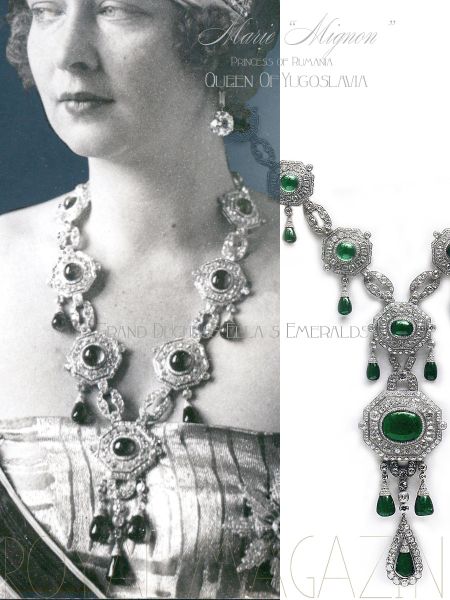
Empress Maria Alexandrovna Empress of Russia jewels…
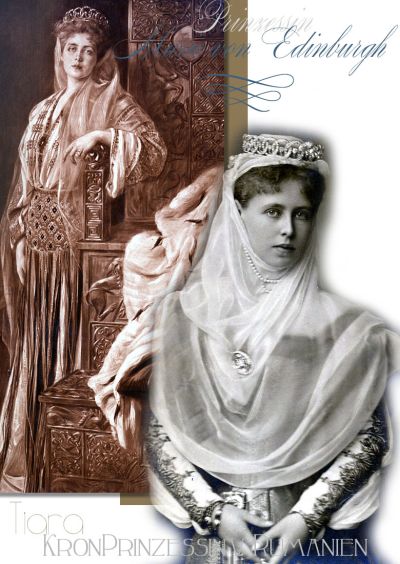
<iframe width=“560″ height=“315″ src=„https://www.youtube.com/embed/gKoHTgpIIOI“ frameborder=“0″ allow=“accelerometer; autoplay; encrypted-media; gyroscope; picture-in-picture“ allowfullscreen></iframe>
